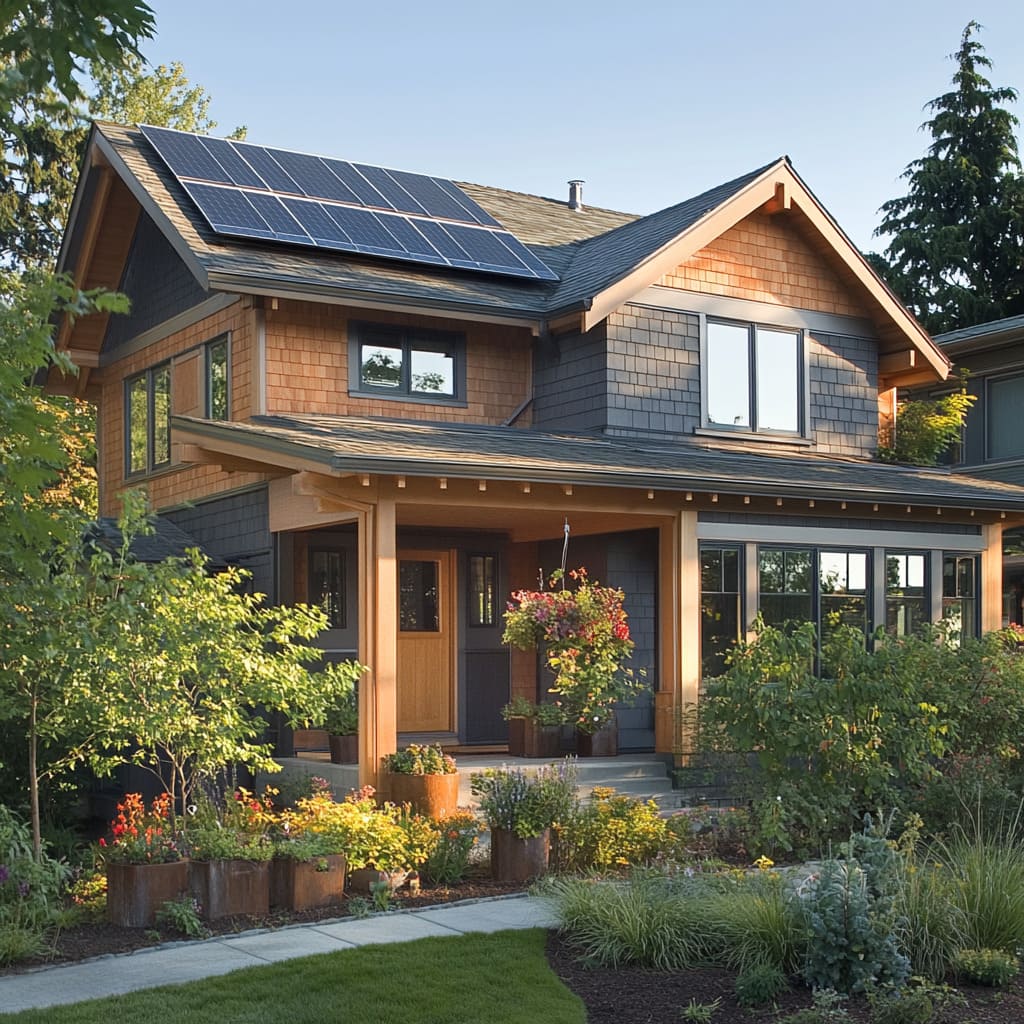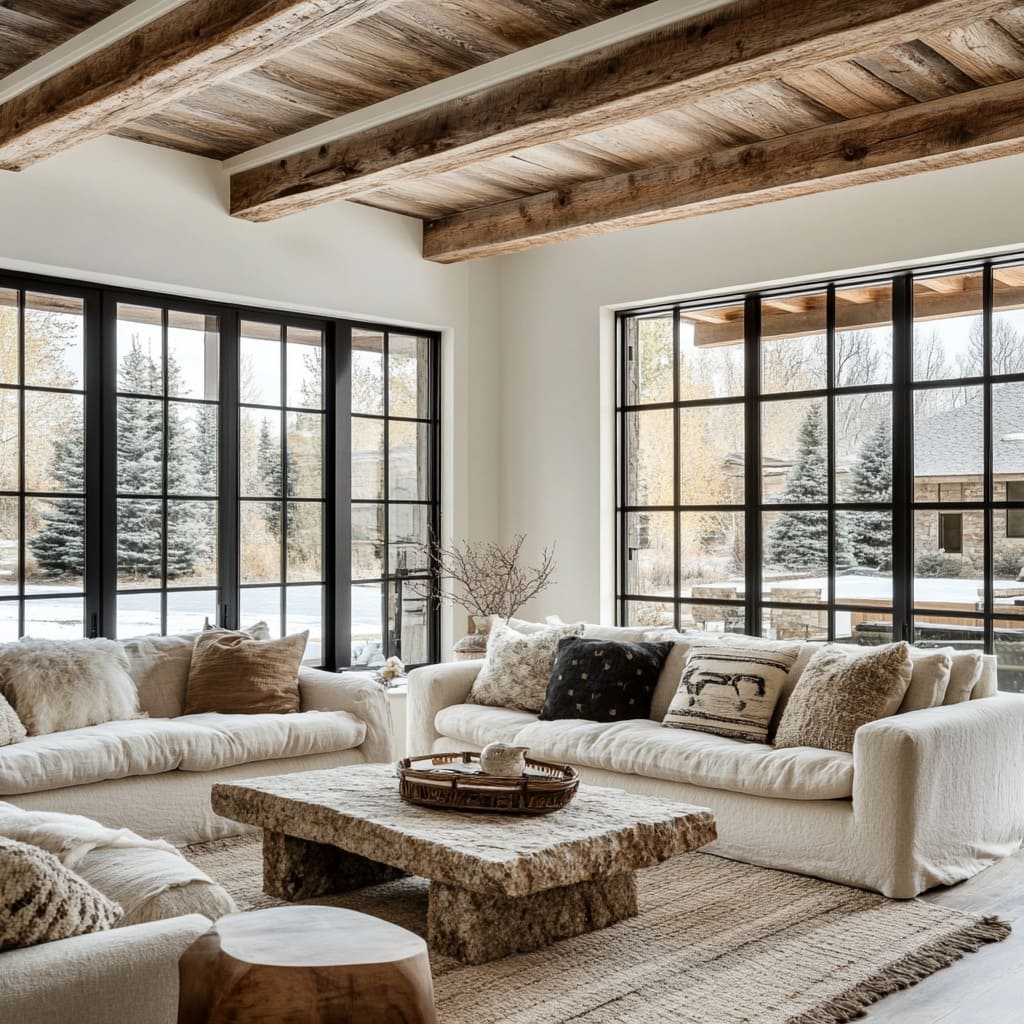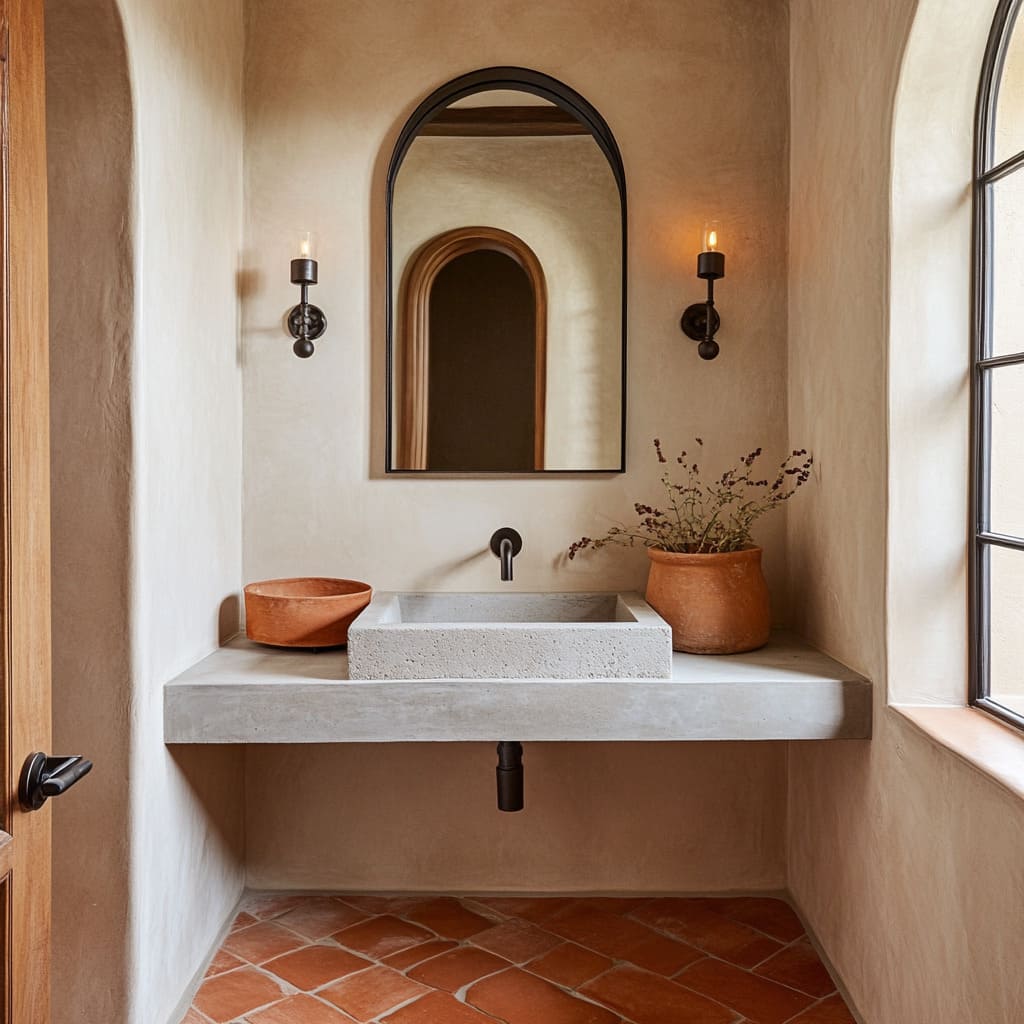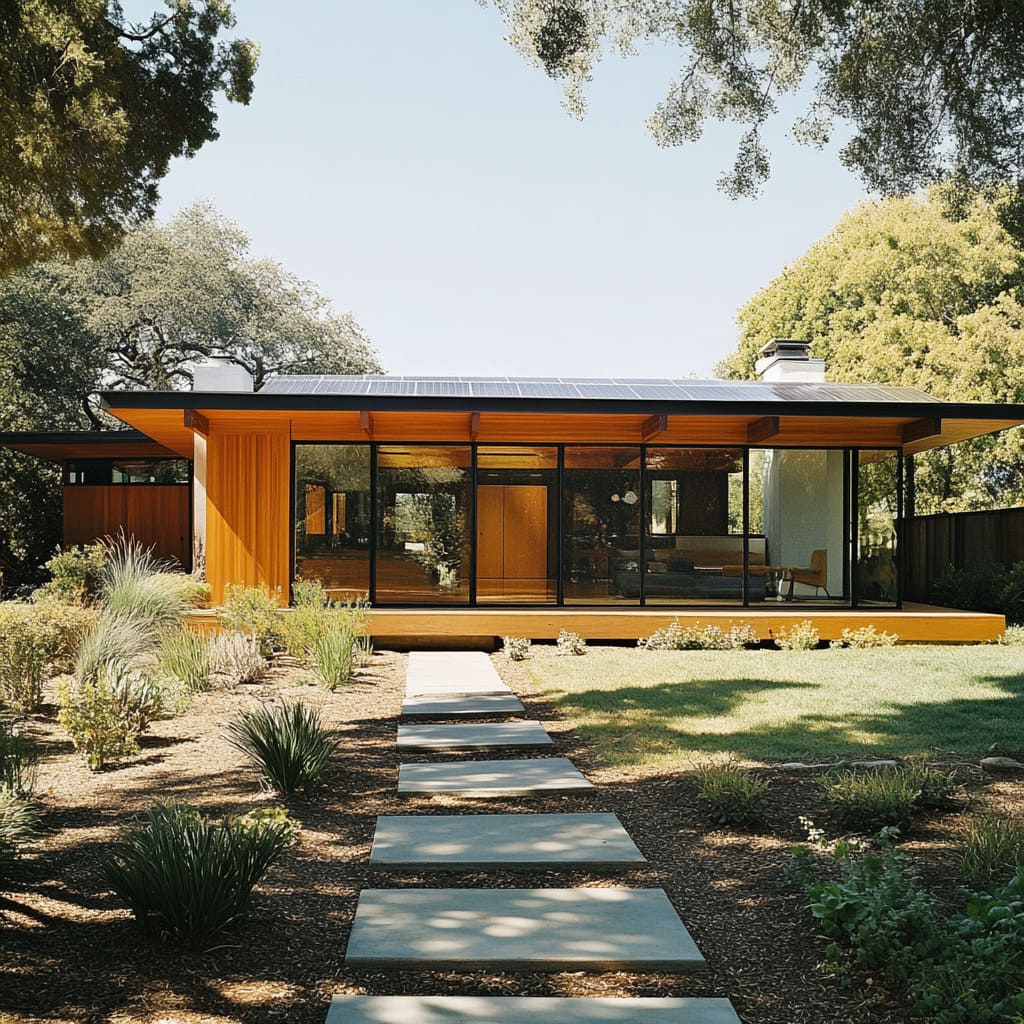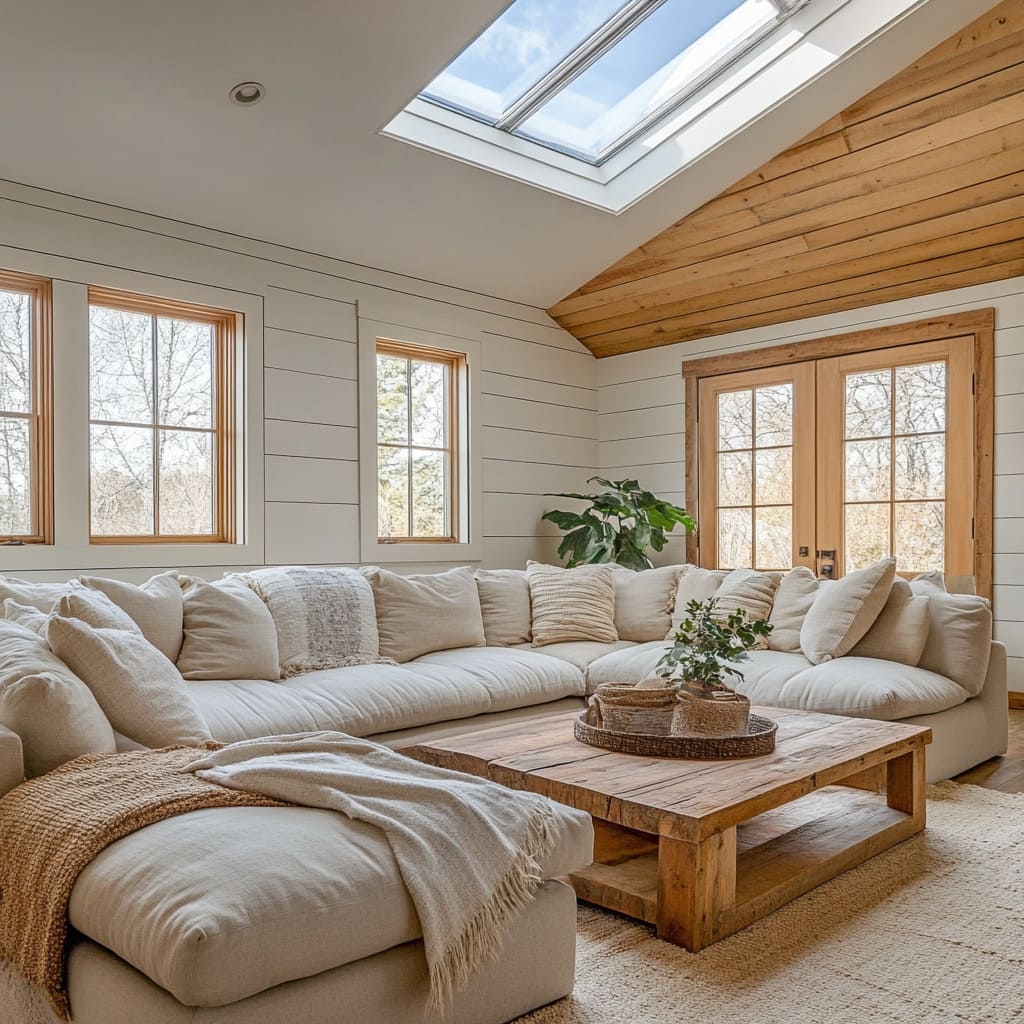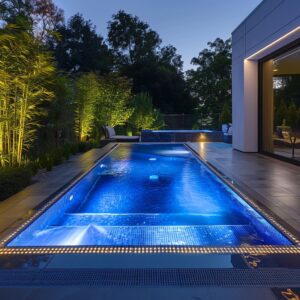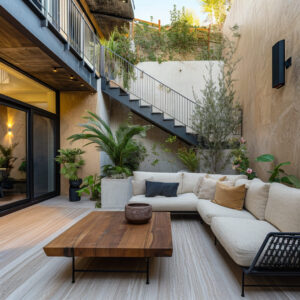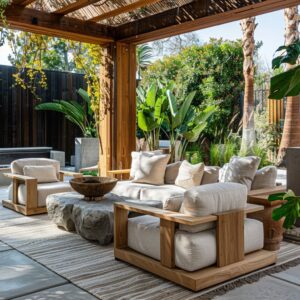Home renovations can profoundly impact our environment, and with the rise of eco-consciousness, more homeowners are seeking sustainable solutions. Eco-friendly home renovations not only enhance the beauty and functionality of a space but also contribute positively to the planet.
This article delves into various aspects of eco-friendly renovations, focusing on sustainable materials and energy-efficient solutions
Understanding the Importance of Eco-Friendly Home Renovations
Understanding the significance of eco-friendly home renovations begins with recognizing their potential to preserve our environment. These renovations minimize waste, reduce carbon footprints, and promote resource conservation.
By choosing sustainable options, homeowners can play a crucial role in combating climate change and promoting a healthier planet.
The Environmental Impact of Traditional Home Renovations
Traditional home renovations often involve the use of materials that are not environmentally friendly, such as non-renewable resources and harmful chemicals.
Moreover, they contribute to substantial waste generation. The construction industry is one of the largest contributors to landfill waste, releasing pollutants and greenhouse gases that further exacerbate environmental issues.
In contrast, eco-friendly renovations aim to lessen this impact by utilizing sustainable materials and practices. This includes not only indoor improvements but also outdoor ones.
For example, incorporating eco-friendly landscaping solutions like drought-resistant plants and ensuring irrigation repair is up-to-date can significantly reduce water consumption
The Long-Term Benefits of Sustainable Living
Opting for sustainable renovations can lead to numerous long-term benefits. Firstly, these renovations often result in reduced energy costs due to the incorporation of energy-efficient solutions.
Homeowners can enjoy lower utility bills while contributing to energy conservation. In addition, sustainable living promotes a healthier home environment.
By using non-toxic materials and enhancing indoor air quality, homeowners can improve their quality of life. Furthermore, the long-lasting nature of sustainable materials tends to lead to lower maintenance costs over time, making eco-friendly renovations a smart investment for the future
Choosing the Right Sustainable Materials for Your Home
When it comes to eco-friendly renovations, selecting the right materials is essential. Sustainable materials have minimal environmental impact, are durable, and support a circular economy.
They come in various forms, from recycled products to natural resources.
The Role of Recycled Materials in Eco-Friendly Renovations
Recycled materials play a pivotal role in eco-friendly renovations.
Items like reclaimed wood, recycled glass, and repurposed metal not only help reduce waste but also add unique character to a home. Utilizing recycled materials minimizes the demand for new resources, saving energy and reducing landfill contributions.
Additionally, these materials often have a lower ecological footprint, making them a preferred choice for the environmentally conscious homeowner. For instance, reclaimed wood can be used for flooring or furniture, giving an aged charm that new materials cannot replicate.
Natural Materials: A Sustainable Choice for Home Renovations
Natural materials such as bamboo, cork, clay, and stone are renewable and biodegradable. They offer durability while being aesthetically pleasing and functional.
With the advancement of construction technology, these materials can be processed more efficiently, resulting in lower environmental impact. Using natural materials not only minimizes ecological impact but also enhances the home’s aesthetic appeal.
For example, bamboo is not only fast-growing but also incredibly strong, making it an excellent choice for flooring or cabinetry. Such materials bring an organic feel to spaces and promote a connection to nature within the home
Durability and Lifespan of Sustainable Materials
One of the critical considerations when selecting sustainable materials is their durability and lifespan. Many eco-friendly options are designed to last longer than conventional materials, resulting in lower replacement and maintenance costs over time.
This longevity not only preserves resources but also supports a more sustainable living approach. Investing in durable materials ultimately contributes to a more sustainable lifestyle, as homeowners can enjoy their renovations for years without the need for frequent repairs or replacements.
Examples include metal roofing or fiber cement siding, which can last for decades with minimal upkeep
Energy-Efficient Solutions for Your Home Renovation
Energy efficiency is a crucial aspect of eco-friendly home renovations. Implementing energy-efficient solutions leads to substantial reductions in energy consumption, which can greatly benefit both the environment and homeowners’ wallets.
Harnessing Solar Energy for Your Home
One popular solution is installing solar panels. They work by converting sunlight into electricity, providing a renewable power source right from your rooftop. Various types of solar panels can significantly reduce power bills and reliance on non-renewable energy sources.
While the initial costs can be high, the long-term savings and environmental benefits make them a wise investment. Additionally, many regions offer incentives or rebates for solar installation, which can offset upfront expenses.
Furthermore, integrating solar energy with energy-efficient appliances maximizes the benefits of clean energy, creating a comprehensive approach to reducing one’s carbon footprint.
The Power of Energy-Efficient Appliances
Incorporating energy-efficient appliances into home renovations is another effective way to enhance sustainability.
Appliances with high Energy Star ratings use less energy and water compared to traditional models, providing substantial savings over their lifetimes. From refrigerators to washing machines, investing in energy-efficient versions not only lowers utility bills but also reduces the demand for energy generation.
This shift promotes a more sustainable infrastructure and helps combat climate change in the long run
Insulation and Energy Efficiency: A Crucial Connection
Proper insulation is a critical factor in energy efficiency. It helps regulate indoor temperatures, reducing the need for heating and cooling systems to work overtime.
Using sustainable insulation materials, such as recycled cotton or wool, can also contribute to a healthier indoor environment by minimizing exposure to harmful chemicals. By ensuring that a home is adequately insulated, homeowners can optimize their energy usage, leading to a more sustainable and comfortable living space
Cost and Value Considerations in Eco-Friendly Renovations
When embarking on eco-friendly home renovations, it’s crucial to consider both immediate and long-term costs. While some sustainable solutions may require a higher initial investment, the potential savings over time cannot be overlooked.
Initial Costs vs. Long-Term Savings of Eco-Friendly Renovations
It’s common for homeowners to be deterred by the upfront costs associated with eco-friendly renovations.
However, evaluating the long-term savings can provide a different perspective. Energy savings, lower water bills, and reduced maintenance expenses can quickly balance out initial expenditures.
Additionally, many eco-friendly materials offer warranties that highlight their durability, further emphasizing their reliability as a long-term investment. Homeowners should weigh the costs against potential savings to make informed decisions.
The Resale Value of Eco-Friendly Homes
Another essential consideration is the impact of eco-friendly renovations on resale value. Homes that incorporate sustainable materials and energy-efficient solutions often attract potential buyers who prioritize green living.
Reports indicate that eco-friendly features can enhance a property’s marketability and increase its valuation, providing an attractive return on investment. With the growing awareness around environmental issues, the demand for eco-friendly homes is expected to rise, making sustainability a key selling point in real estate
Navigating the Renovation Process: Tips and Tricks
Successfully completing eco-friendly home renovations involves careful planning and collaboration. Navigating through this process requires knowledge, patience, and a clear vision of the desired outcome.
Finding Eco-Friendly Contractors and Builders
Selecting the right contractors is crucial for ensuring that eco-friendly standards are met. Look for builders and contractors with experience in sustainable practices and materials.
Ask for references and verify their certifications, as well as their previous projects in eco-friendly renovations. Networking within environmentally conscious communities can also yield recommendations for trustworthy professionals who prioritize sustainability.
This step is fundamental to achieving the desired outcomes in your renovation project.
Planning for an Energy-Efficient Home Layout
When planning renovations, consider the layout of the home to maximize energy efficiency.
Positioning windows for natural light or designing open spaces can significantly reduce reliance on artificial lighting and heating. These design strategies can work in tandem with solar panels, which may be positioned to take advantage of optimal sun exposure throughout the day.
Overcoming Common Challenges in Eco-Friendly Renovations
Like any renovation project, eco-friendly renovations may face challenges such as budget constraints or limited access to materials. Being proactive and flexible can help navigate these hurdles effectively.
Researching local resources, seeking community support, and remaining open to alternative sustainable options can lead to creative solutions and a successful renovation experience. By overcoming these common challenges, homeowners can ultimately achieve their vision of an eco-friendly living space.
In conclusion, eco-friendly home renovations present an opportunity to enhance living spaces while contributing positively to the environment. By choosing sustainable materials, implementing energy-efficient solutions, and navigating the renovation process effectively, homeowners can create a harmonious balance between comfort and sustainability




